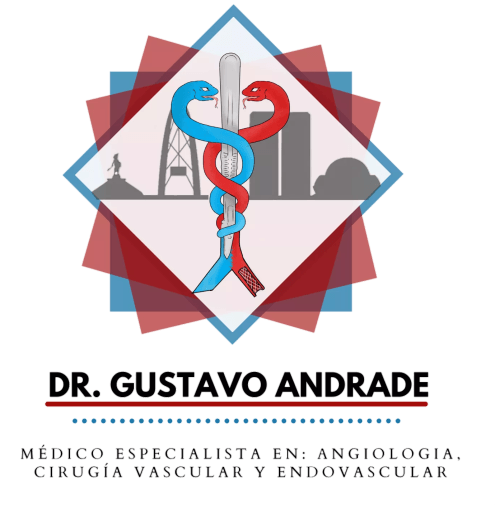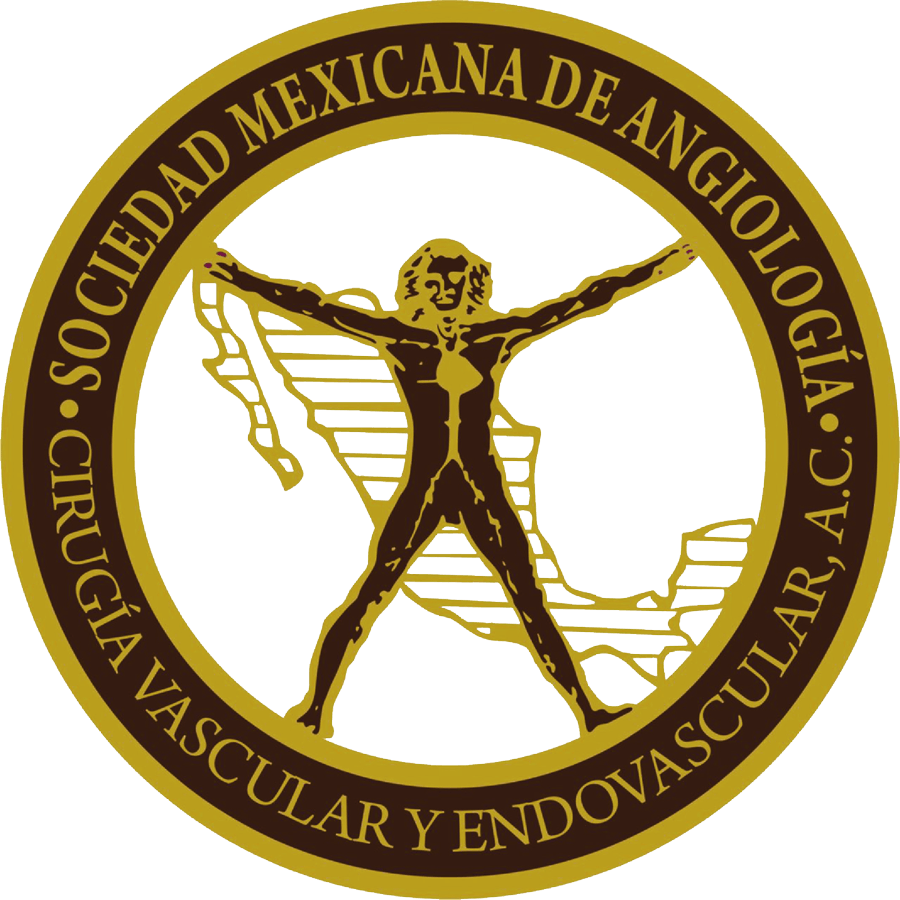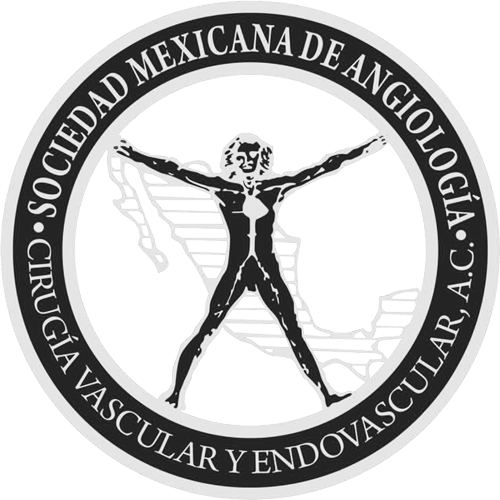Decide to improve your quality of life and call the doctor specializing in angiology IN TIJUANA
Queries
Consultations for Varicose Veins
Enjoy a healthy life!
What are varicose veins? Varicose veins or varicose veins are defined as superficial, cylinder-shaped veins that are abnormally dilated. There is a treatment that helps eliminate varicose veins in the form of “spiders” called Sclerotherapy in Tijuana. Sclerotherapy in Tijuana effectively treats varicose and spider veins. It is generally considered the treatment of choice for small varicose veins. Request an evaluation in Tijuana and get your treatment. Because you are the most important thing.
Consultations, treatments, and care of Thrombosis
Enjoy a healthy life!
Deep vein thrombosis occurs when a blood clot (thrombus) forms in one or more deep veins in the body, usually in the legs. Deep vein thrombosis can cause leg pain or swelling, but it can also occur without symptoms. What are the symptoms of thrombosis? Symptoms can vary from person to person. This problem may include the following symptoms: Pain in one leg (usually the calf or inner thigh) Swelling of the leg or arm Chest pain Numbness or weakness on one side of the body Sudden change in your mental status Symptoms of thrombosis may resemble other blood diseases or other health problems. Always consult your healthcare provider for a diagnosis.
Diabetic foot assessment
Enjoy healthy feet!
When to see your doctor If you experience any of these symptoms, don't wait until your next appointment. See your GP or foot doctor immediately: * Leg pain or cramps in the buttocks, thighs or calves during physical activity. * Tingling, burning, or pain in your feet. * Loss of the sense of touch or the ability to feel heat or cold very well. * A change in the shape of your feet over time. * Hair loss on the toes, feet and lower legs. * Dry, cracked skin on your feet. * A change in the color and temperature of your feet. * Thickened and yellow toenails. * Fungal infections such as athlete's foot between the toes. * A blister, sore, ulcer, infected corn, or ingrown toenail.
Consultation for Arterial Catheterizations
Enjoy a healthy life!
Why is it done?
Cardiac catheterization is a common procedure done to diagnose or treat various heart problems. For example, your doctor may recommend this procedure if you have irregular heartbeats (arrhythmias), chest pain (angina), or heart valve problems, among other things.
Cardiac catheterization may be performed during the diagnosis or treatment of:
- Coronary artery diseasesCongenital heart diseasesHeart failureHeart valve diseasesMicrovascular heart diseases
Consultation for
Diabetic neuropathy
Enjoy healthy feet!
Diabetic neuropathy is a type of nerve damage that can occur if you have diabetes. High blood glucose can damage nerves throughout the body. Diabetic neuropathy most commonly affects the nerves in the legs and feet.
Depending on which nerves are affected, symptoms of diabetic neuropathy include pain and numbness in the legs, feet, and hands. It can also cause problems in the digestive system, urinary tract, blood vessels and heart. For some people, symptoms are mild. However, in other cases, diabetic neuropathy can be quite painful and disabling.
Consultation for
Peripheral neuropathy
Enjoy a healthy life!
This type of neuropathy may also be called distal symmetric peripheral neuropathy. It is the most common type of diabetic neuropathy. It affects the feet and legs first, followed by the hands and arms. The signs and symptoms of peripheral neuropathy usually worsen at night. Among them are the following:
Cardiac catheterization may be performed during the diagnosis or treatment of:
- Numbness and reduced ability to feel pain or perceive temperature changes Tingling or burning sensations Cramps or shooting pains Muscle weakness Extreme sensitivity to touch (for some people, even contact with sheets can be painful) Serious foot problems, such as ulcers, infections, and bone and joint damage
Consultation for Leg Lymphedema

Lymphedema is swelling in an arm or leg. In exceptional circumstances, it affects both arms or both legs. It can also affect the chest wall and abdomen.
When should you see a doctor
Make an appointment with your doctor if you notice persistent swelling in your arms or legs. If you have already been diagnosed with lymphedema, see your doctor if there is a sudden and drastic increase in the size of the affected limb.
Symptoms
Signs and symptoms of lymphedema include:
- Swelling of all or part of the arm or leg, including the fingers and toesFeeling of heaviness or tightnessLimited range of motionRecurring infectionsHardening and thickening of the skin (fibrosis)

Slide title
Write your caption hereButton

Slide title
Write your caption hereButton

Slide title
Write your caption hereButton
Cardiovascular diseases are the third cause of death in Mexico.
Among the most frequent conditions we find chronic venous disease known as varicose veins, varicose ulcer, deep vein thrombosis, chronic arterial insufficiency, acute arterial insufficiency and diabetic foot.

"Dr. Gus quickly solved my problem, very accurate in his diagnosis and after days of suffering, in a matter of hours I feel much better, thank you."
Manuel Martinez
Button
"Thank you, thank you very much, we are super satisfied. We give it an 11 from 1 to 10... I would recommend it to MY family and friends"
Carlos González
Button
"Dr. Gustavo showed professionalism and the experience is outstanding. I was seen immediately by my Dr. Gus and treated with great respect. This is definitely a clinic I will return to, and I am also happy to recommend my friends here."
CHARLIE B.
Button
LOCATION
Dr. Gus | Angiologist
Francisco Javier Mina 1415, Mex-Chino Building Zona Urbana Rio 22010 Tijuana, BC
Clinic Hours (By Appointment)
- Mon - Tue
- -
- Wednesday
- Closed
- Thu - Fri
- -
- Saturday
- -
- Sunday
- Closed





